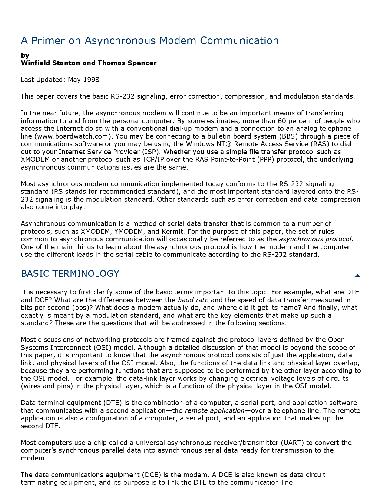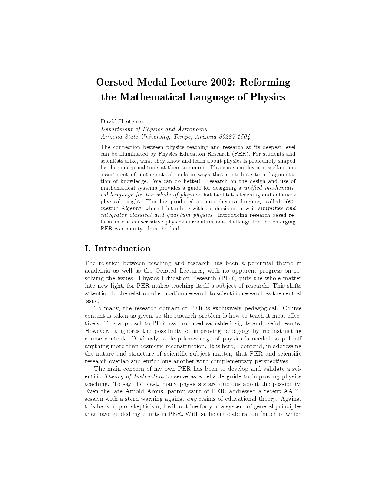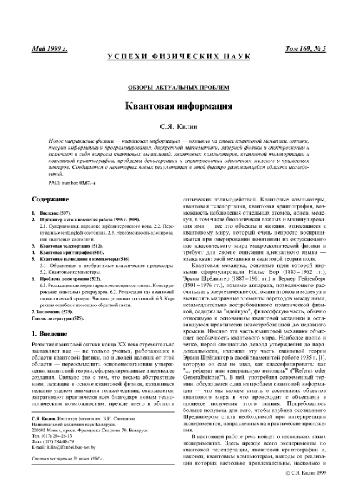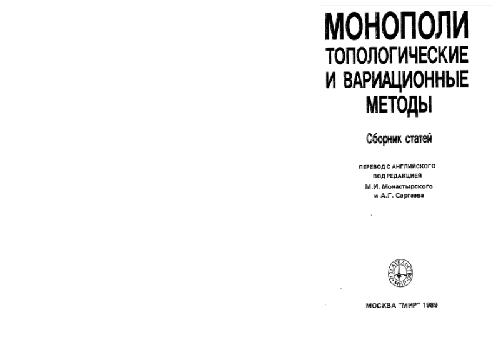Stanton W., Spencer T.
This paper covers the basic RS-232 signaling, error correction, compression, and modulation standards. In the near future, the asynchronous modem will continue to be an important means of transferring information to and from the personal computer. By some estimates, more than 60 percent of people who access the Internet do so with a conventional dial-up modem and a connection to an analog telephone line (www.boardwatch.com). You may be connecting to a bulletin board system (BBS) through a piece of communications software or you may be using the Windows NTR Remote Access Service (RAS) to dial out to your Internet Service Provider (ISP). Whether you use a simple file transfer protocol such as XMODEM or another protocol such as TCP/IP over the RAS Point-to-Point (PPP) protocol, the underlying asynchronous communications issues are the same. Most asynchronous modem communication implemented today conforms to the RS-232 signaling standard (RS stands for recommended standard), and the most important standard layered onto the RS-232 signaling is the modulation standard. Other standards such as error correction and data compression also come into play. Asynchronous communication is a method of serial data transfer that is common to a number of protocols, such as XMODEM, YMODEM, and Kermit. For the purpose of this paper, the set of rules common to asynchronous communication will occasionally be referred to as the asynchronous protocol. One of the main things to learn about the asynchronous protocol is how the modem and the computer use the different leads in the serial cable to communicate according to the RS-232 standard. | |







Reviews
There are no reviews yet.